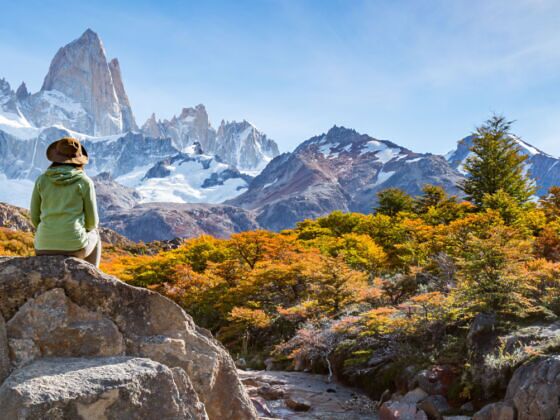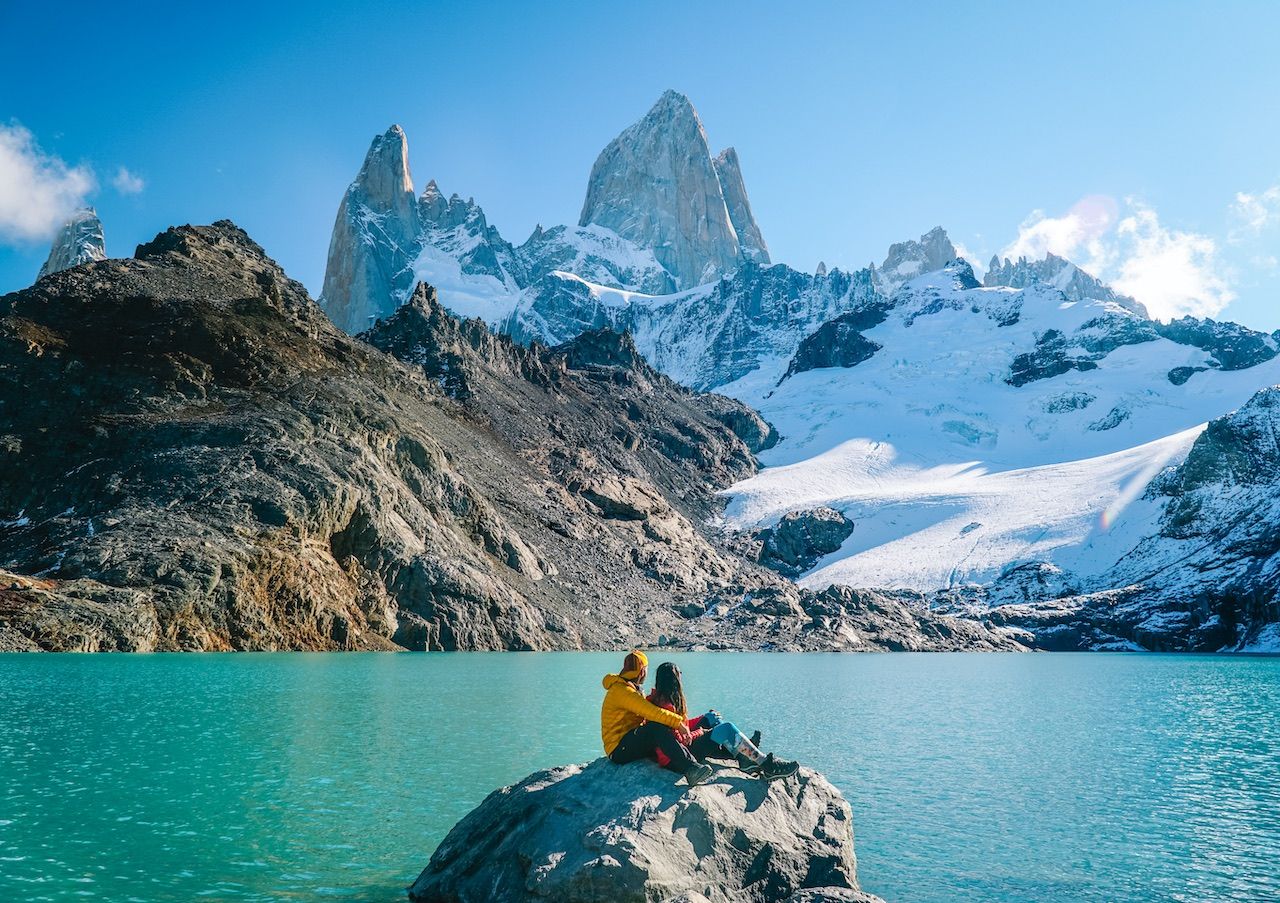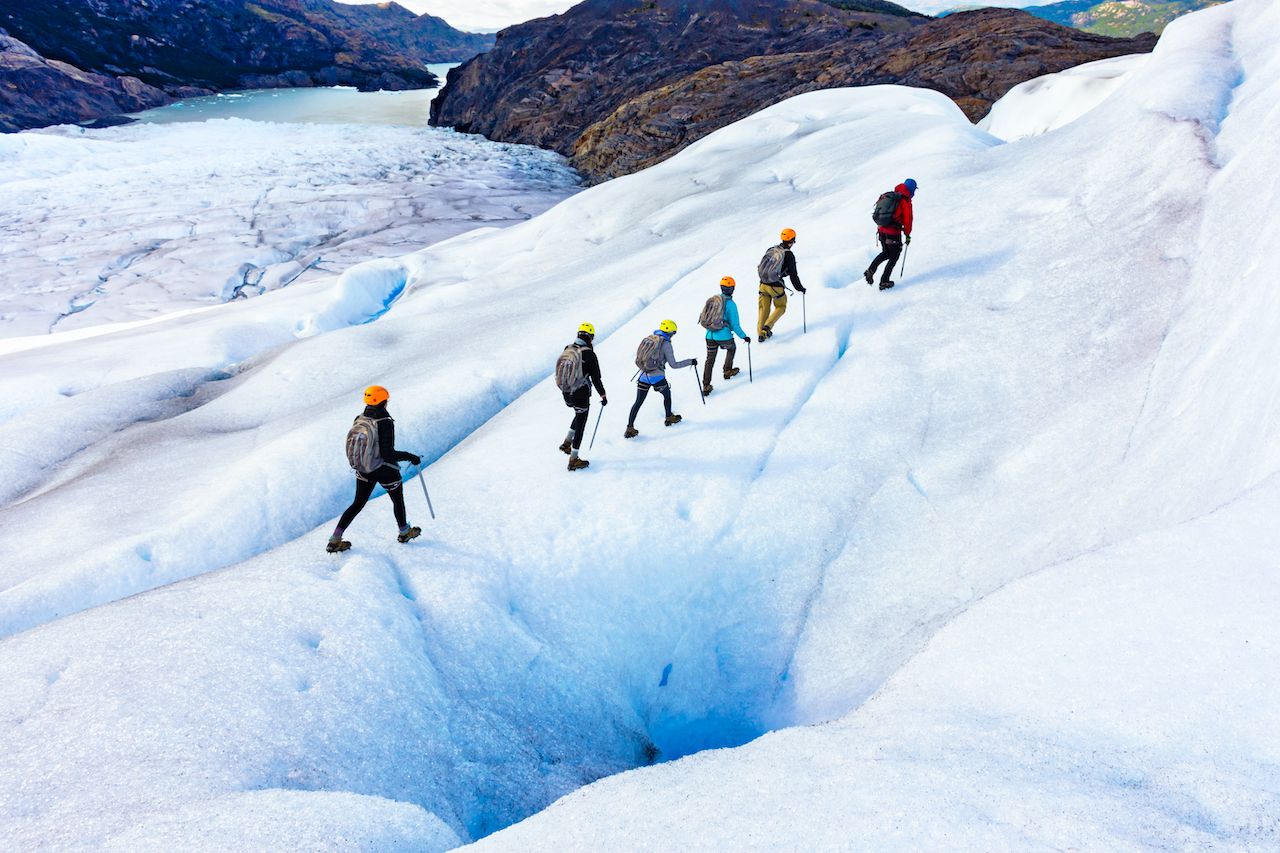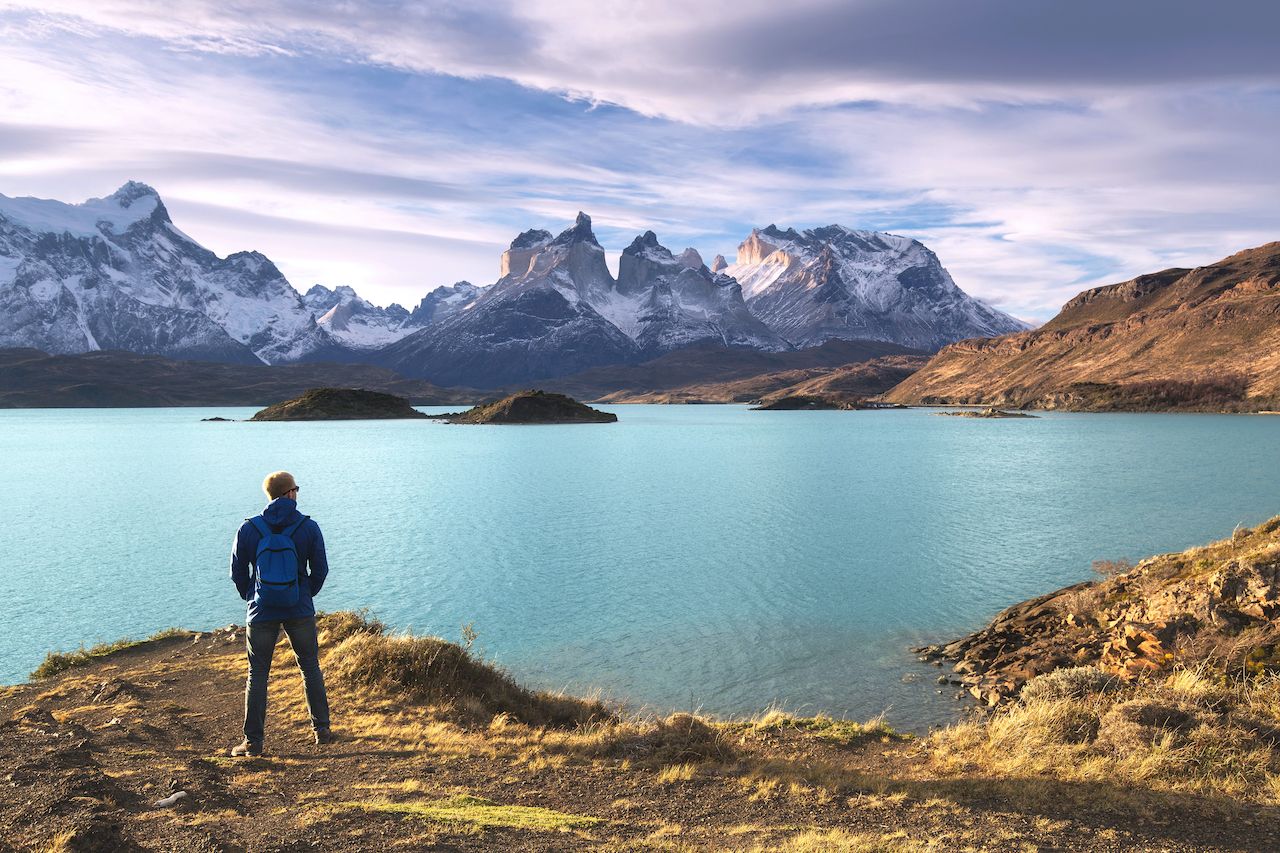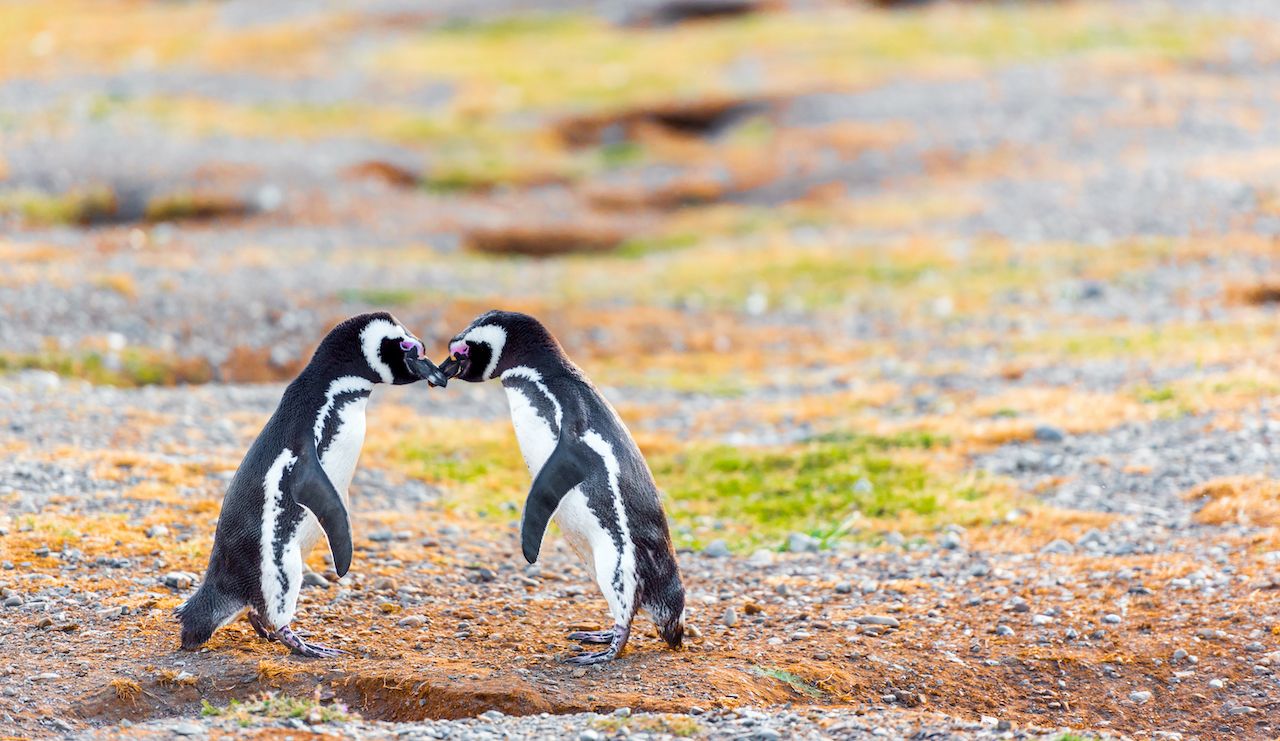After seeing so much of South America, Patagonia is still my favorite place. Incredibly vast, unbelievably diverse, and stunningly beautiful, it’s a region made of superlatives. But with high prices, unforgiving weather, and frustrating infrastructure, it’s not the easiest of destinations to navigate. A bit of planning and research goes a long way.
Here are 10 things I wish I knew before visiting Patagonia.
